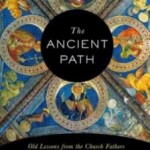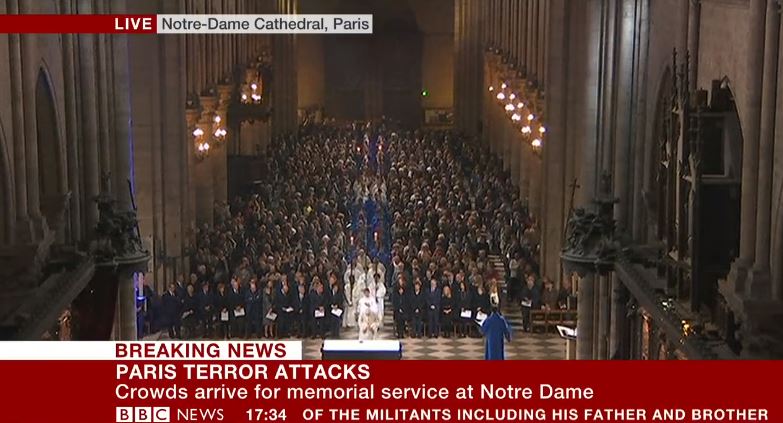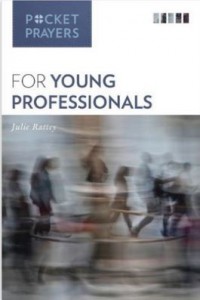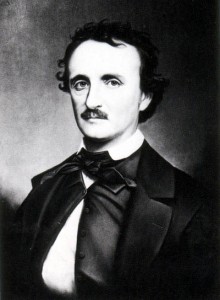
Poe, the tortured poet of the American Romantic Movement, is best known for his stories of mystery and the macabre–stories like “The Pit and the Pendulum” and “The Fall of the House of Usher” and “The Tell-Tale Heart,” and famous narrative poems like “The Raven” and “Annabel Lee.”
His onomatopoeic poem “The Bells,” which was published after his death in 1849, is believed to have been inspired by the bells of the tower at Fordham University, near his home. It relies on iambic pentameter in the haunting repetition of “the bells, bells, bells, bells, the tintinnabulation of the bells….” to capture the reader’s imagination.
But amidst the haunting poetry and prose which characterize the work of the troubled artist, one poem stands alone as evidence of his spiritual hunger.
Poe wrote “Hymn” after a noon-time stop into a church staffed by the Jesuits. While walking along the noisy street, Poe heard the clear ringing of a church bell. “Why,” he wondered, “would the bell be ringing at this time of day?” A Jesuit explained that the bell rang at noon, as well as at 6 a.m. and 6 p.m., to call the faithful to pray the Angelus, the prayer which reflects on the Incarnation of Christ and on Mary’s “fiat,” her “yes” to the announcement of the archangel Gabriel.
Poe had never before heard of the traditional prayer, but the story inspired him to write the following poem:
“Hymn”
At morn–at noon–at twilight dim–
Maria! thou hast heard my hymn!
In joy and woe–in good and ill–
Mother of God, be with me still!
When the Hours flew brightly by,
And not a cloud obscured the sky,
My soul, lest it should truant be,
Thy grace did guide to thine and thee
Now, when storms of Fate o’ercast
Darkly my Present and my Past,
Let my future radiant shine
With sweet hopes of thee and thine.
The Angelus derives its name from its opening words in Latin, “Angelus Domini nuntiavit Mariæ.”
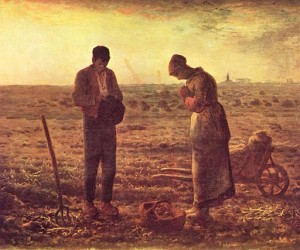
V. The Angel of the Lord declared unto Mary.
R. And she conceived of the Holy Spirit.
Hail Mary, full of grace,
The Lord is with Thee;
Blessed art thou among women,
And blessed is the fruit of thy womb, Jesus.
Holy Mary, Mother of God,
Pray for us sinners,
Now and at the hour of our death. Amen
V. Behold the handmaid of the Lord.
R. Be it done unto me according to thy word.
Hail Mary, etc.
V. And the Word was made Flesh.
R. And dwelt among us.
Hail Mary, etc.
V. Pray for us, O holy Mother of God.
R. That we may be made worthy of the promises of Christ.
LET US PRAY
Pour forth, we beseech Thee, O Lord, Thy grace into our hearts, that we to whom the Incarnation of Christ Thy Son was made known by the message of an angel, may by His Passion and Cross be brought to the glory of His Resurrection. Through the same Christ Our Lord. Amen.

